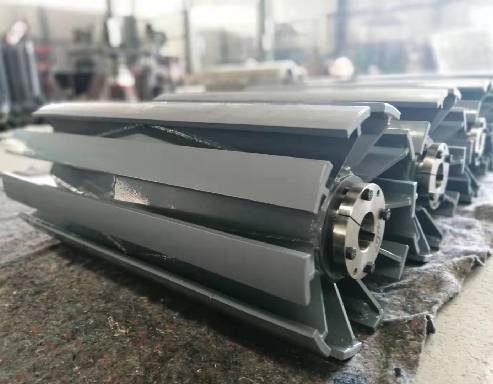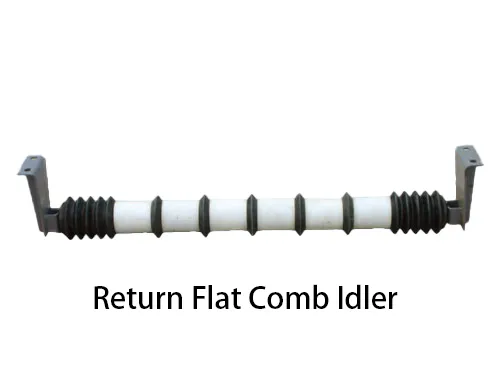 Afrikaans
Afrikaans  Albanian
Albanian  Amharic
Amharic  Arabic
Arabic  Armenian
Armenian  Azerbaijani
Azerbaijani  Basque
Basque  Belarusian
Belarusian  Bengali
Bengali  Bosnian
Bosnian  Bulgarian
Bulgarian  Catalan
Catalan  Cebuano
Cebuano  Corsican
Corsican  Croatian
Croatian  Czech
Czech  Danish
Danish  Dutch
Dutch  English
English  Esperanto
Esperanto  Estonian
Estonian  Finnish
Finnish  French
French  Frisian
Frisian  Galician
Galician  Georgian
Georgian  German
German  Greek
Greek  Gujarati
Gujarati  Haitian Creole
Haitian Creole  hausa
hausa  hawaiian
hawaiian  Hebrew
Hebrew  Hindi
Hindi  Miao
Miao  Hungarian
Hungarian  Icelandic
Icelandic  igbo
igbo  Indonesian
Indonesian  irish
irish  Italian
Italian  Japanese
Japanese  Javanese
Javanese  Kannada
Kannada  kazakh
kazakh  Khmer
Khmer  Rwandese
Rwandese  Korean
Korean  Kurdish
Kurdish  Kyrgyz
Kyrgyz  Lao
Lao  Latin
Latin  Latvian
Latvian  Lithuanian
Lithuanian  Luxembourgish
Luxembourgish  Macedonian
Macedonian  Malgashi
Malgashi  Malay
Malay  Malayalam
Malayalam  Maltese
Maltese  Maori
Maori  Marathi
Marathi  Mongolian
Mongolian  Myanmar
Myanmar  Nepali
Nepali  Norwegian
Norwegian  Norwegian
Norwegian  Occitan
Occitan  Pashto
Pashto  Persian
Persian  Polish
Polish  Portuguese
Portuguese  Punjabi
Punjabi  Romanian
Romanian  Russian
Russian  Samoan
Samoan  Scottish Gaelic
Scottish Gaelic  Serbian
Serbian  Sesotho
Sesotho  Shona
Shona  Sindhi
Sindhi  Sinhala
Sinhala  Slovak
Slovak  Slovenian
Slovenian  Somali
Somali  Spanish
Spanish  Sundanese
Sundanese  Swahili
Swahili  Swedish
Swedish  Tagalog
Tagalog  Tajik
Tajik  Tamil
Tamil  Tatar
Tatar  Telugu
Telugu  Thai
Thai  Turkish
Turkish  Turkmen
Turkmen  Ukrainian
Ukrainian  Urdu
Urdu  Uighur
Uighur  Uzbek
Uzbek  Vietnamese
Vietnamese  Welsh
Welsh  Bantu
Bantu  Yiddish
Yiddish  Yoruba
Yoruba  Zulu
Zulu Belt Training Idlers - Prevent Misalignment & Extend Lifespan
- Industry Challenges & Role of Belt Training Idlers
- Technical Specifications & Performance Metrics
- Comparative Analysis: Leading Manufacturers
- Customization Strategies for Specific Workflows
- Material Science Behind Durable Idler Designs
- Operational Cost-Benefit Breakdown
- Future-Proof Solutions with Advanced Training Idlers

(belt training idlers)
Belt Training Idlers: Addressing Modern Conveyor Challenges
Over 38% of conveyor downtime originates from misaligned belts, according to 2023 bulk handling industry reports. Belt training idlers have become critical components for maintaining operational continuity, particularly in mining (avg. 8,000 operating hours/year) and port logistics (92% system uptime requirements). These specialized idlers actively correct belt wander through strategic angular positioning, reducing edge wear by 67% compared to static rollers.
Engineering Excellence in Load Management
Premium conveyor training idlers feature:
- Precision-balanced steel tubes (ISO 1940 G6.3 standard)
- High-density polyethylene end caps with UV stabilization
- ABEC-5 bearing systems rated for 100,000+ rotation cycles
Field tests demonstrate 14% lower energy consumption versus conventional idlers when handling 2,500kg/m material loads at 4m/s belt speeds.
Manufacturer Performance Benchmarking
| Vendor | Durability (hrs) | Max Load (kg) | Warranty | Price Index |
|---|---|---|---|---|
| RollTek ProSeries | 35,000 | 4,200 | 5 years | 1.00 |
| Bando SteelMaster | 28,500 | 3,800 | 3 years | 0.85 |
| Flexco DynAlign | 42,000 | 5,100 | 7 years | 1.25 |
Tailored Solutions for Unique Applications
Custom return training idler configurations now support:
- High-temperature variants (up to 250°C) for smelting operations
- Corrosion-resistant coatings for marine environments (ASTM B117 salt spray rating)
- Explosion-proof designs meeting ATEX Category 3 standards
Innovations in Composite Materials
Recent advancements incorporate carbon fiber-reinforced nylon sleeves that reduce rotational mass by 41% while maintaining 98% impact resistance. Laboratory simulations show 83% less material degradation after 20,000 abrasion cycles compared to traditional rubber coatings.
Operational Economics Analysis
A typical iron ore facility implementing premium training idlers achieved:
- 17.2% reduction in annual maintenance costs
- 23.6 fewer unplanned stoppages per quarter
- 14-month ROI through extended component lifespan
Advanced Training Idlers: The Next Generation
Smart belt training idlers
with IoT-enabled sensors now provide real-time alignment data (±2mm accuracy), predictive wear analytics, and automated load balancing. Early adopters in cement production report 31% fewer belt-related incidents since deployment, validating their role as essential components in modern bulk material handling systems.

(belt training idlers)
FAQS on belt training idlers
Q: What is the purpose of belt training idlers in conveyor systems?
A: Belt training idlers align conveyor belts to prevent misalignment and damage. They use adjustable frames or pivoting designs to guide the belt back to center. This ensures smooth operation and reduces wear.
Q: How do conveyor training idlers differ from standard idlers?
A: Conveyor training idlers feature adjustable brackets or tilting mechanisms for belt correction, while standard idlers simply support the belt. They are strategically placed in problem areas to address persistent tracking issues.
Q: Where are return training idlers typically installed?
A: Return training idlers are installed on the return side of the conveyor belt. They maintain proper alignment during the belt's empty return journey. Common placements include near the tail pulley or along curved sections.
Q: What factors determine the selection of belt training idlers?
A: Key factors include belt width, load capacity, operating speed, and environmental conditions. Material type (steel or polymer) and adjustment mechanism also influence selection for optimal tracking performance.
Q: Can training idlers fix severe conveyor belt mistracking?
A: Training idlers address minor to moderate mistracking caused by load shifts or minor misalignment. Severe mistracking often requires mechanical repairs, pulley realignment, or belt replacement for resolution.
-
Revolutionizing Conveyor Reliability with Advanced Rubber Lagging PulleysNewsJul.22,2025
-
Powering Precision and Durability with Expert Manufacturers of Conveyor ComponentsNewsJul.22,2025
-
Optimizing Conveyor Systems with Advanced Conveyor AccessoriesNewsJul.22,2025
-
Maximize Conveyor Efficiency with Quality Conveyor Idler PulleysNewsJul.22,2025
-
Future-Proof Your Conveyor System with High-Performance Polyurethane RollerNewsJul.22,2025
-
Driving Efficiency Forward with Quality Idlers and RollersNewsJul.22,2025





























